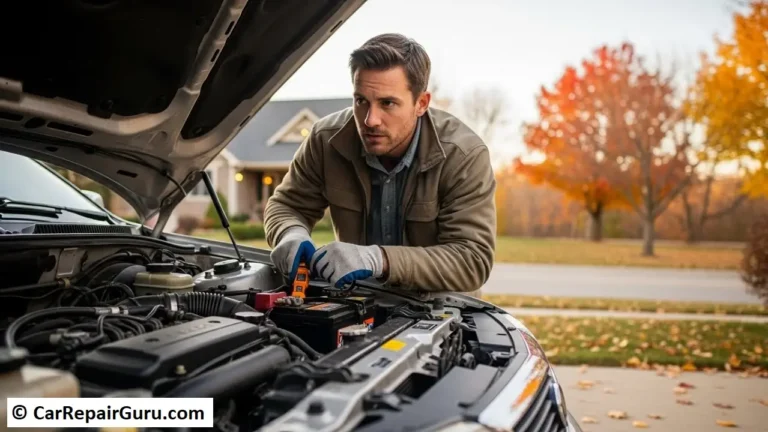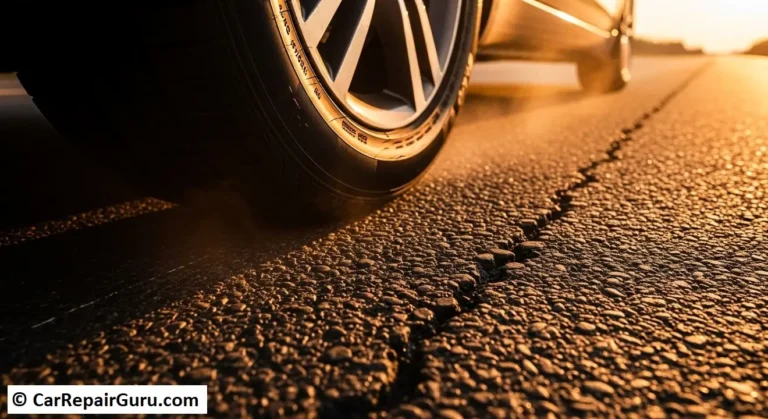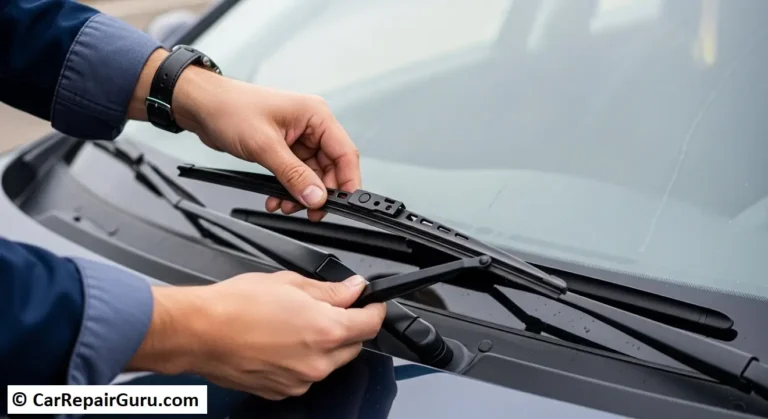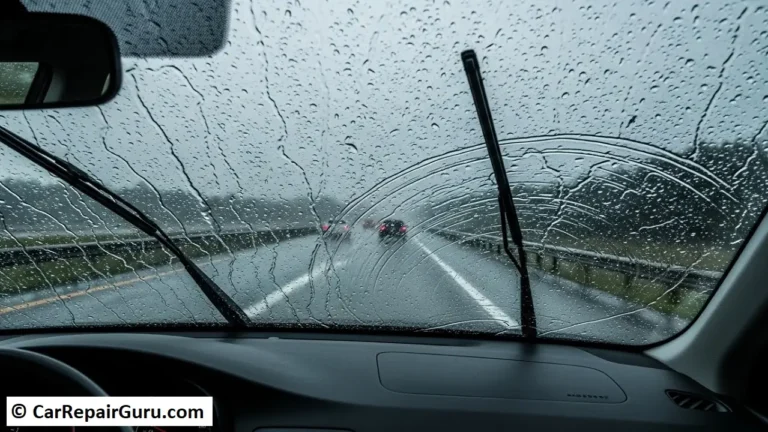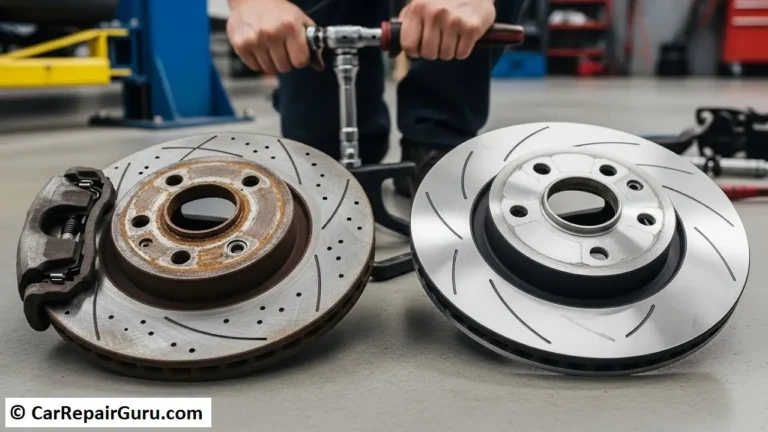
Planning a car trip is an exciting opportunity to explore new places and create lasting memories. Whether you’re embarking on a cross-country adventure or a weekend getaway, thoughtful preparation ensures a smooth and stress-free journey.
The key to successful car travel planning lies in the details. From mapping your route and preparing your vehicle to setting a budget and packing essentials, every step contributes to a memorable experience. This guide will walk you through the process, offering practical tips and tools to help you get started.
If you’ve ever wondered how to make the most of your road trip, we’ve got you covered. This comprehensive resource will help you choose the best routes, stay safe on the road, and have fun along the way. Let’s hit the road with confidence and excitement!
Choosing Your Destination and Route
One of the first steps in planning a car trip is choosing a destination that aligns with your interests and available time. Whether you’re craving a beach escape, a mountain retreat, or a city exploration, selecting a place that excites you sets the tone for the journey. Consider how much time you have—short trips call for nearby destinations, while longer breaks allow for cross-country adventures.
Once you’ve decided on a destination, it’s time to map your route. Tools like Google Maps, Waze, or specialized road trip planners such as Roadtrippers or Furkot can help you design an efficient and enjoyable journey. Start by inputting your starting point and final destination, and let these tools provide various route options based on travel time, road conditions, or your preferred stops. Make use of features like real-time traffic updates and route customization to avoid delays and stay on track.
For many travelers, the journey itself is just as important as the destination. Consider incorporating scenic routes and points of interest along the way to enrich your experience. For example, if you’re traveling through rural areas, you might find breathtaking landscapes or charming small towns to explore. Check online travel forums, guidebooks, or apps for suggestions on must-see attractions, hidden gems, or popular landmarks.
Balancing efficiency and enjoyment is key to planning your route. While highways may get you to your destination faster, taking the scenic route can add unforgettable moments to your trip. Be flexible, as unexpected detours might lead to some of the best memories.
With a thoughtfully chosen destination and a well-planned route, you’re ready to embark on a car trip filled with adventure and discovery.
Preparing Your Vehicle
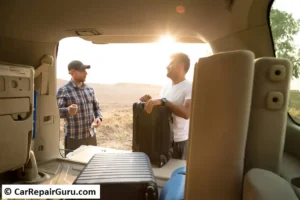
Before setting off on your road trip, ensuring your vehicle is road-ready is one of the most important steps in car travel planning. A thorough maintenance check can save you from unexpected breakdowns and costly repairs, ensuring a smooth journey.
Start by checking your oil and other essential fluids, such as coolant, brake fluid, and windshield washer fluid. Ensure your tires are properly inflated and have sufficient tread for a safe grip on the road. Don’t forget to examine your brakes and test all lights, including headlights, taillights, and indicators. If you’re unsure about your vehicle’s condition, schedule a professional inspection before departure.
An emergency kit is another essential for any car trip. Pack items such as a first-aid kit, flashlight, jumper cables, and basic tools like a wrench and screwdrivers. Include a spare tire, tire jack, and a portable air compressor to handle flat tire situations. It’s also wise to carry water, non-perishable snacks, and blankets for emergencies.
Finally, make sure all your travel documents are up to date. This includes your driver’s license, vehicle registration, and proof of insurance. Store copies of these documents in your car and keep digital backups on your phone. If traveling internationally, check if you need additional permits or coverage.
Taking these steps will give you peace of mind and ensure you’re prepared to handle any challenges on the road. A little preparation goes a long way toward making your trip safe and enjoyable.
Budgeting for Your Trip
A well-planned budget is the backbone of any successful road trip, ensuring you stay on track financially while enjoying your journey. Start by estimating fuel costs using tools like AAA’s Gas Cost Calculator or GasBuddy. These apps factor in your vehicle’s fuel efficiency, current gas prices, and the total distance of your trip to provide accurate estimates.
Next, account for other travel-related expenses such as tolls and parking fees. Research toll rates along your route and consider purchasing a pass like EZ Pass to save time and money. Set aside funds for unexpected costs, such as minor car repairs or emergency supplies, to avoid unpleasant surprises.
When allocating your budget, divide it into key categories: accommodations, food, and entertainment. For lodging, decide whether you prefer budget-friendly motels, luxury hotels, or unique alternatives like vacation rentals. For meals, plan a mix of restaurant dining and self-catering to balance costs. Entertainment might include entry fees for attractions, guided tours, or souvenirs.
Tracking your expenses during the trip is just as important as planning. Use apps like Mint or Trail Wallet to monitor your spending in real time. With a thoughtful budget, you can focus on enjoying your adventure without financial stress.
Booking Accommodations
Choosing the right accommodations can significantly enhance your road trip experience. Start by deciding which type of lodging best suits your needs and budget. Hotels and motels are great for comfort and convenience, while campgrounds provide a more rustic, budget-friendly option. For a unique experience, consider alternative lodging like vacation rentals or bed-and-breakfasts.
Booking platforms like Booking.com, Airbnb, and Hotels.com can help you find deals, compare prices, and read reviews from previous guests. Look for properties with high ratings for cleanliness, safety, and amenities. Many platforms also offer filters to refine your search based on budget, distance, or pet-friendliness.
When booking, consider the location’s proximity to your planned route and nearby attractions. Accommodations close to highways or major landmarks reduce travel time and increase convenience. However, if you’re looking for a quieter stay, opt for places slightly off the beaten path.
To save money, book early and keep an eye out for seasonal discounts or promotional offers. Flexible cancellation policies can also be beneficial in case your plans change.
With the right accommodations, you can rest well, recharge, and make the most of your road trip experience.
Planning Activities and Stops
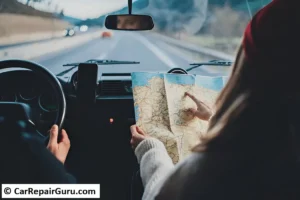
Planning your activities and stops is key to creating a memorable road trip experience. A well-researched itinerary helps you make the most of your journey by ensuring you don’t miss must-see attractions or hidden gems along the way.
Start by researching points of interest along your route. Use travel guides, online forums, and apps like TripAdvisor or Yelp to discover attractions, restaurants, and landmarks that appeal to you. Consider the interests of everyone in your group to include a mix of activities, such as historical sites, natural wonders, and family-friendly spots. Add popular dining establishments or quirky roadside diners to your list for unique culinary experiences.
Scheduling rest stops is equally important to manage fatigue and keep the journey enjoyable. Plan to take breaks every two to three hours to stretch, hydrate, and recharge. Many rest areas offer picnic spots, scenic views, or local markets where you can enjoy a quick break and explore the surroundings.
Flexibility is the secret ingredient to a great road trip. While it’s helpful to have a plan, leave room for spontaneity. You might stumble upon an unexpected detour to a stunning viewpoint, a charming small town, or a local festival. Allowing time for these discoveries can add excitement and uniqueness to your journey.
To keep everything organized, create a day-by-day itinerary, but don’t overpack your schedule. Striking a balance between planned activities and free time ensures your trip is both structured and relaxed. By planning your activities and stops wisely, you’ll enjoy a fulfilling and adventurous road trip.
Safety Considerations
Safety should always be a priority when planning a car trip. Taking a few extra precautions ensures that you and your loved ones stay protected throughout the journey.
Start by sharing your itinerary with someone you trust. Provide them with details about your route, expected arrival times, and planned stops. Regular check-ins during the trip can offer peace of mind for both you and your contact. If plans change, update them accordingly.
Preparing for emergencies is another crucial step. Enroll in a roadside assistance plan, such as those offered by AAA or your car insurance provider. These plans typically cover services like towing, flat tire repair, and jump-starts, which can be lifesavers in remote areas. Ensure your phone is charged at all times and carry a portable charger to stay connected.
Staying informed about weather conditions and travel advisories is essential for safe driving. Use apps like Weather.com or AccuWeather to monitor forecasts along your route. In case of severe weather, such as heavy rain or snow, adjust your plans to avoid risky conditions. Similarly, check for road closures, construction updates, or local advisories to prevent unexpected delays.
Additionally, familiarize yourself with basic safety practices. Always wear your seatbelt, follow speed limits, and avoid distractions like texting while driving. If you’re traveling with kids, ensure their car seats or boosters are properly secured. For long trips, switch drivers periodically to prevent fatigue or take breaks to rest if you’re the sole driver.
With careful planning and attention to safety, you can confidently embark on your road trip, knowing you’re prepared to handle any challenges that may arise. Safe travels mean a more enjoyable journey!
Packing Essentials
Packing smart is essential for a smooth and enjoyable road trip. A well-prepared checklist ensures you have everything you need while avoiding overpacking.
Start with the basics: personal items, clothing, and travel documents. Pack versatile clothing suited to the weather and activities on your itinerary. Include comfortable outfits for long drives and layers for fluctuating temperatures. Don’t forget essentials like toiletries, prescription medications, and sunglasses. Keep travel documents such as your driver’s license, vehicle registration, and insurance information in an easily accessible location.
Entertainment can make long drives more enjoyable. Curate playlists of your favorite music, download audiobooks or podcasts, and bring games or activity books for passengers. Devices like tablets or handheld gaming consoles can keep kids entertained during lengthy stretches. Remember to pack chargers and portable power banks to keep devices running.
Snacks and beverages are road trip lifesavers. Stock up on non-perishable options like granola bars, nuts, and dried fruits, along with fresh items like sandwiches or cut veggies in a cooler. Bottled water and reusable drink containers help keep everyone hydrated. Packing snacks reduces unnecessary stops, saves money, and ensures you have something handy for hunger pangs in remote areas.
With a well-packed vehicle, you’ll be ready to hit the road comfortably and confidently.
Utilizing Technology and Apps
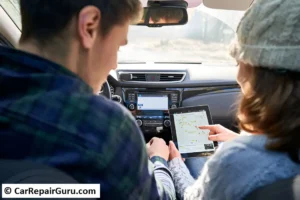
Technology and apps can significantly enhance your road trip experience, making planning, navigation, and budgeting more efficient and stress-free. By leveraging the right tools, you can stay organized and focus on enjoying the journey.
Navigation apps like Google Maps and Waze are invaluable for real-time traffic updates and accurate directions. These apps can help you avoid traffic jams, road closures, or construction delays by suggesting alternative routes. Additionally, they offer information about nearby gas stations, restaurants, and rest areas, ensuring you’re always prepared for a quick stop when needed.
For more comprehensive road trip planning, tools like Roadtrippers and Furkot are game-changers. Roadtrippers allows you to map out your route while highlighting attractions, accommodations, and dining options along the way. It also provides estimates for travel time and costs, helping you budget effectively. Furkot, on the other hand, excels in detailed itinerary creation, allowing you to plan stops, schedule activities, and even book accommodations directly through the platform.
Budgeting apps like Mint or Trail Wallet are great for tracking your expenses in real time. They help you stick to your budget by categorizing spending on fuel, food, lodging, and entertainment. These apps ensure you have a clear picture of your finances throughout the trip, avoiding overspending.
By incorporating these tools into your road trip planning, you’ll enjoy a smoother and more organized experience, leaving you free to focus on creating memories along the way.
Final Preparations Before Departure
The final steps before hitting the road are crucial to ensure a stress-free start to your journey. Begin by confirming all reservations, including accommodations, tickets for attractions, and any scheduled activities. Double-check for last-minute changes, such as modified check-in times or cancellations, to avoid surprises during your trip.
Before leaving, take the time to secure your home. Unplug non-essential electronics, ensure all windows and doors are locked, and set timers for lights if you’ll be away for an extended period. If possible, ask a trusted neighbor or friend to keep an eye on your property and collect your mail to give the appearance of someone being home.
Lastly, prioritize rest. A good night’s sleep before your journey helps you stay alert and focused while driving, setting the tone for a safe and enjoyable trip. With everything in place, you’ll be ready to embark on your adventure confidently.
Frequently Asked Questions (FAQs)
What are the essential steps in car travel planning?
Car travel planning involves selecting a destination, mapping your route, preparing your vehicle, budgeting, booking accommodations, planning activities, ensuring safety, packing essentials, and utilizing technology for assistance.
How can I choose the best route for my road trip?
Use navigation tools like Google Maps or specialized road trip planners to find the most efficient or scenic routes. Consider factors like distance, travel time, road conditions, and points of interest.
What should I include in my vehicle emergency kit?
An emergency kit should contain a first-aid kit, flashlight, basic tools, jumper cables, spare tire, water, non-perishable snacks, and any necessary medications.
How do I estimate fuel costs for my trip?
Utilize apps like AAA’s Gas Cost Calculator to estimate fuel expenses based on your vehicle’s fuel efficiency and the total distance of your trip.
What are some recommended travel apps for road trips?
Popular travel apps include Roadtrippers for route planning, Furkot for itinerary creation, Google Maps for navigation, and Mint or Trail Wallet for budgeting.
